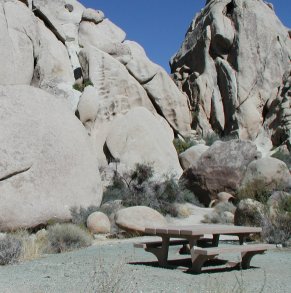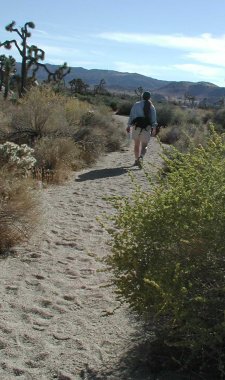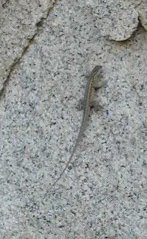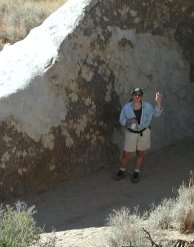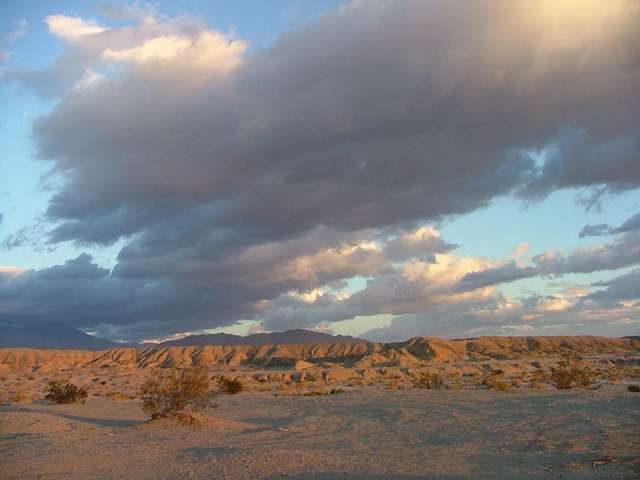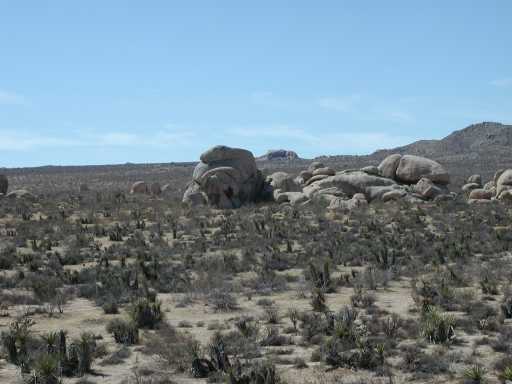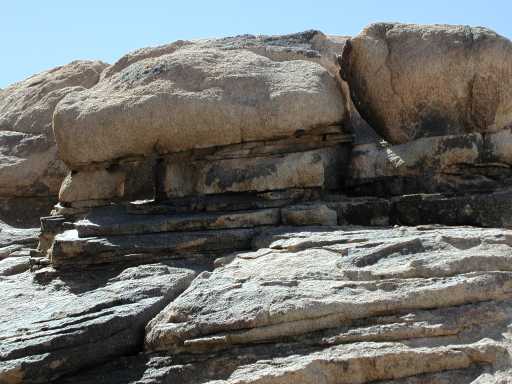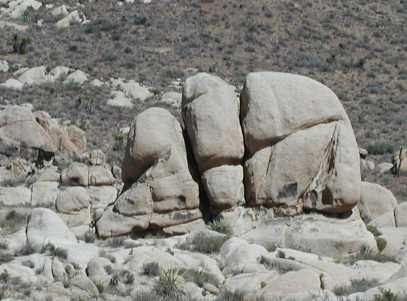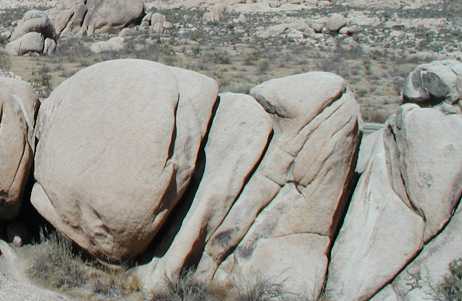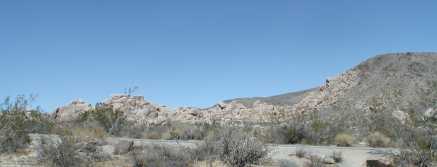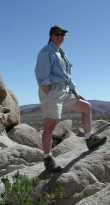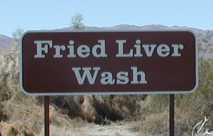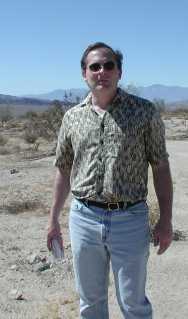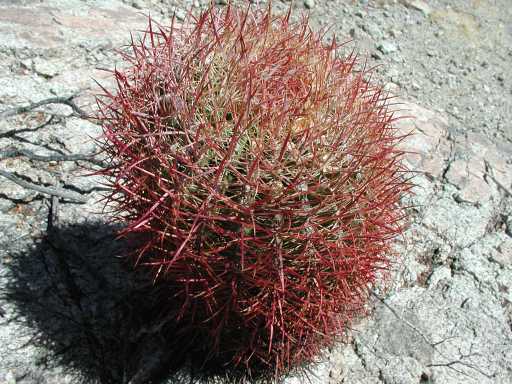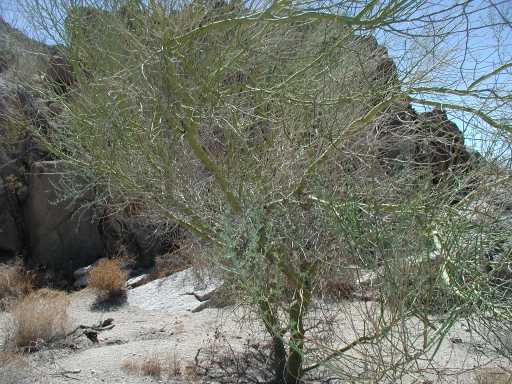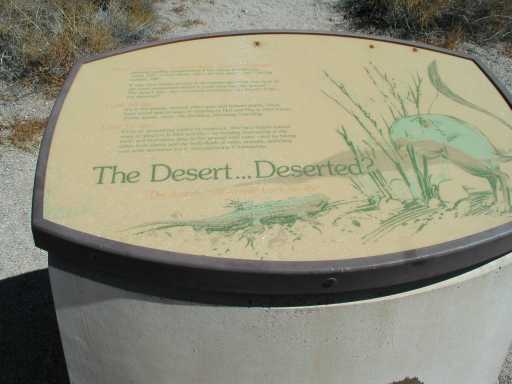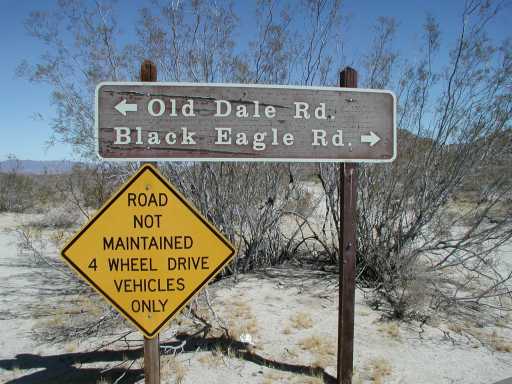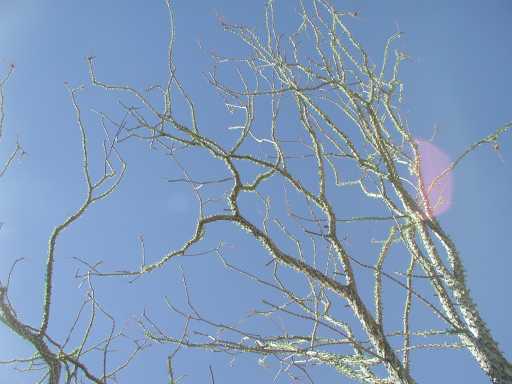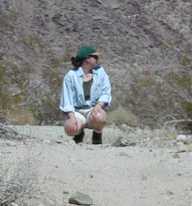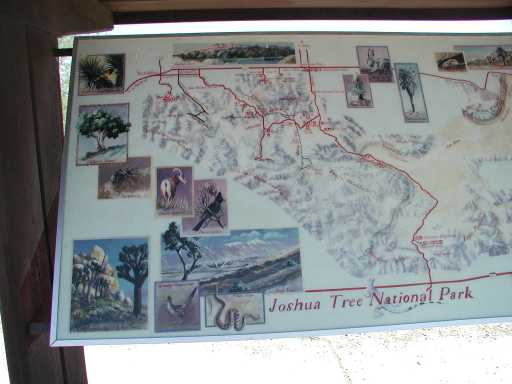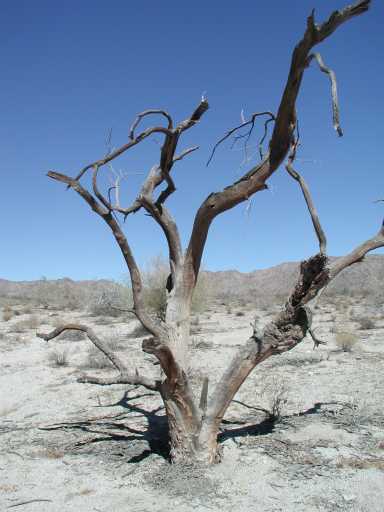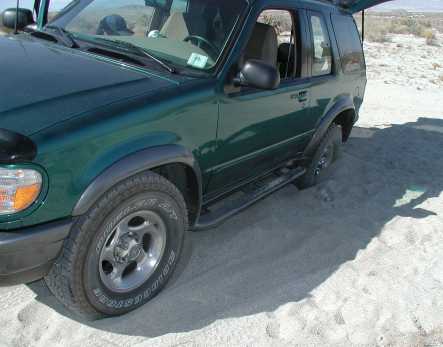Cholla Cactus Garden at last! This nature trail had 16 stops with descriptions. And lucky for us, there was a trail guide pamphlet too :)
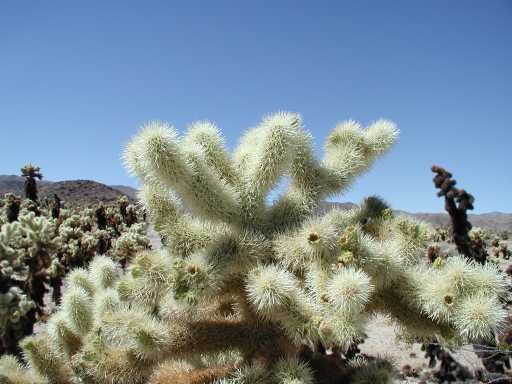
In this area, annual rainfall rarely exceeds 4". Summer temps are in the 115 F range. Yikes. Hot and dry. Cholla: Opuntia bigelovii
1. Cholla are pronounced "choy-ya" and are armed with barbs on the tips of every needle. We didn't get 'stuck' here - but a week later we had a slight run-in with it. It sticks! The plant is also called the Teddy Bear cactus but woe to whomever hugs this thing! =:o
2. This marker showed a ... nest? It talked of the 'desert wood rat'. We didn't see any. We did see the nest though.
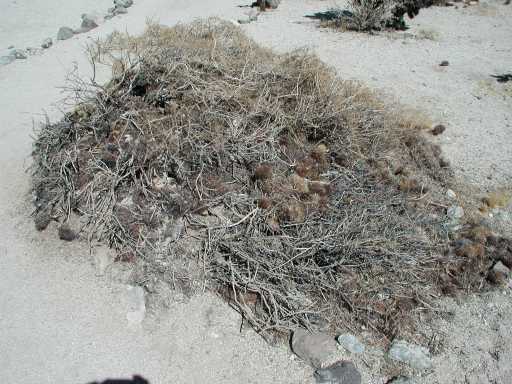
This was about 5 feet long and 3 feet across. And I'm guessing at least two feet tall. Of course, snakes often will eat the rats living in these nests. The thing that impressed me was the rat's ability to live among the cholla cactus. According to the pamphlet if a rat gets stuck with a needle "rather than struggle, the wood rat patiently turns and bites off the spines." I wonder what coyote do?
3. This marker showed an example of a Silver Cholla. I can't seem to find a picture of one in my files although I'm sure we took a photo of one. Oh well. It's common to the area. It's also called the "Opuntia echinocarpa."
4. At one time this basin was a shallow lake. Time marches on and changes all things. The mountains (once tall) are now rubble. Sand and gravel fill the one time lake. It's now filled with cactus and a part of the Colorado desert.
5. Another cactus I don't seem to have a photo of. The Hedgehog cactus or Enchinocereus engelmannii.
6. The Climbing Milkweed is living on this cholla.
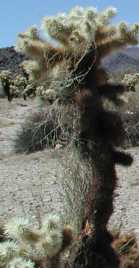
7. Creosote bush! This plant is very interesting for how it survives. It will create a soil change that prevents other plants from growing around it. Sometimes up to 20 feet. The roots are both deep and shallow to gather as much moisture as possible. There are three sets of leaves. Spring growth falls off during hot summer months. If a drought continues, the hardier/olive type leaves will fall off. And lastly, the brown, hard leaves will continue to function when the other two types of leaves fall off. How cool is all that?!
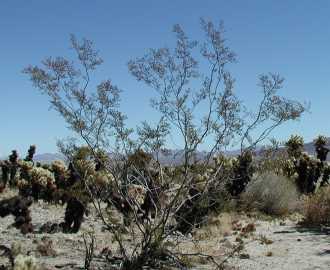
8. The cactus colony is able to grow so well here due to the water supply being "seasonally plentiful" and well-drained soil. At least that's what the pamphlet said ;)
9. There was a jojoba plant here. I almost missed it but did go back and take a photo of it. It didn't turn out well. But I would like to mention again the need for desert dwellers to assist in each other's survival. The ground squirrel will take the seeds and bury them for storage - but in effect "plants" the seeds. The plants produce either "male" or "female" flowers. The leaves will stand erect in sun (to reduce the amount of light received) and are covered with fine white "hairs" to reduce overheating and water evaporation.
10. The Cholla aren't burned. The dark brown is indication of the plant aging and dying from the bottom up.
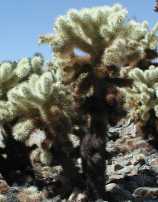
11. The next marker showed a cholla with bird's nests in them. The cactus wren will build their nests and raise their young in the cactus. We saw the hole in the cactus but no birds. People probably distrubed the birds at some point in the past and they've since stopped nesting here?
12. The Pencil Cholla!
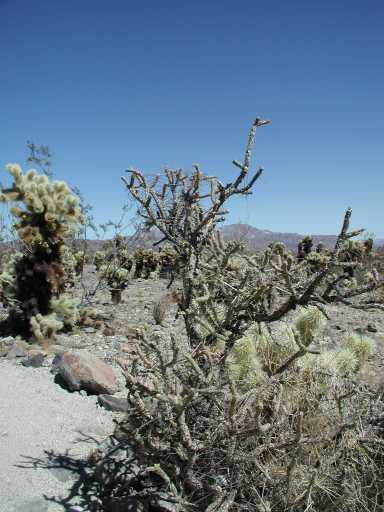
We saw some of these down at the Bajada. They were dried up and stick-ish looking. Then there were others nice and green and plump. Obviously those had some water and were storing it. Do not touch - they have those fine hairlike spines that are next to impossible to remove. OUCH.
13. This marker showed the roots of the cactus and how they are close to the surface. They are also cork-like in looks and function. No piccy. Sorry!
14. The Pinto Basin. I didn't appreciate this view as much as I would the next day. The view is of the Eagle Mountains (to the center and furthest away). It has deep canyons, palm oases, and pine forest. To the right are the Hexie Mountains. In the far distance is the Coxcomb Mountains. And to the left are the Pinto Mountains.
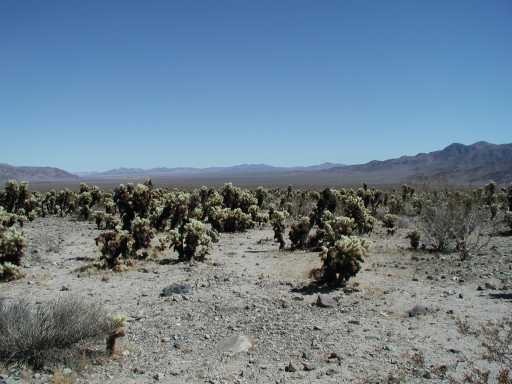
15. Believe it or not, the local peoples (the Cahuilla Indians) would eat the cholla. The buds were collected into baskets with sticks (I wonder if the cactus would "climb" their way out?). The buds were steamed for 12 hrs or more in pits lined with hot stones. The end result was both eaten new and stored for later use.
16. At this point we were hot, tired and ready to move. So I didn't get a photo :\ But the Desert Senna stood here at the very end. I honestly don't remember it. We were in that much of a hurry to move on.
The pamphlet ends with this:
Along this trail you have seen how life can flouish in the desert. To live here requires special adaptations in the roots, leaves, and seeds of plants. The plants found here have developed modifications over a long period of time. Where you find plants you will always find animals, if you take the time to look. Perhaps you saw a side-blotched lizard dart across the path or a red-tailed hawk soaring overhead. Life abounds, and what seems to us to be the most hostile environment can be most hospitable to others.
I hope you enjoyed reading this as much as I did writing it - but mostly experiencing it!
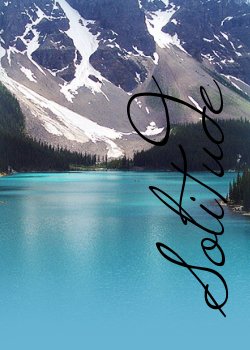
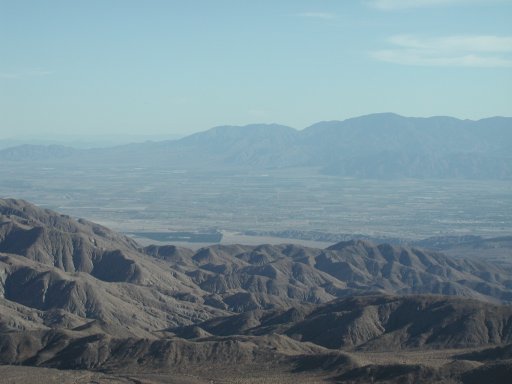
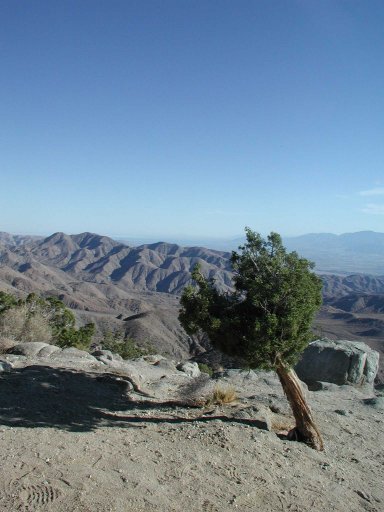
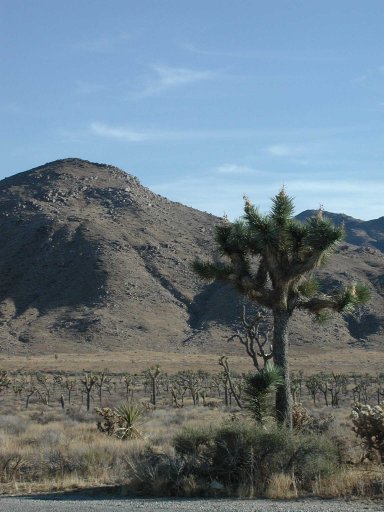
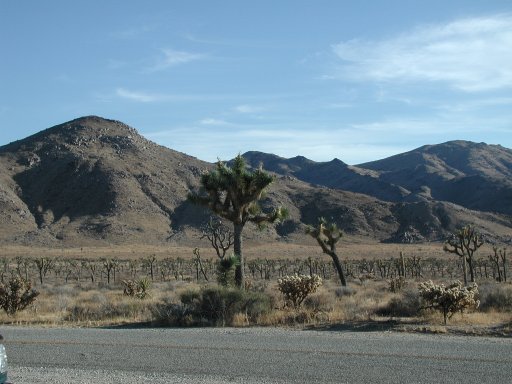
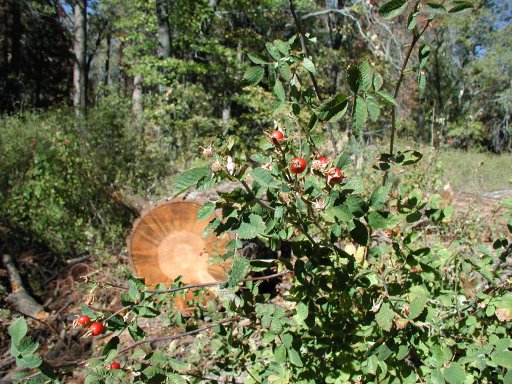
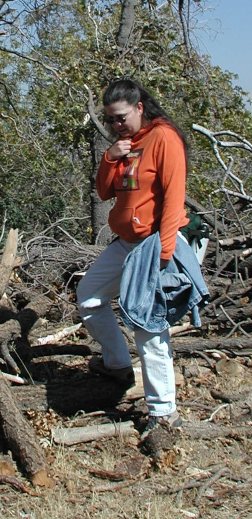
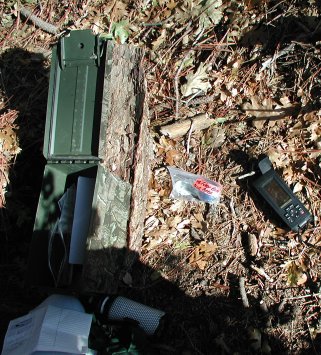
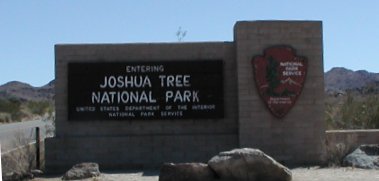 We left the park to get some gas (had to show our pay stub leaving and reentering the park). Then zoomed back in. It was getting late at this point and we knew our day time exploring would come to an end soon. We hadn't eaten yet (not even breakfast). It was around 2:30pm.
We left the park to get some gas (had to show our pay stub leaving and reentering the park). Then zoomed back in. It was getting late at this point and we knew our day time exploring would come to an end soon. We hadn't eaten yet (not even breakfast). It was around 2:30pm.